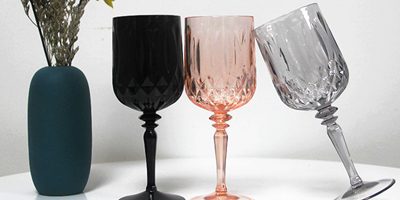Serving champagne is not just about pouring it into a glass; it’s an art that involves precision and finesse. In this blog, we’ll explore the art of opening and serving champagne to ensure a memorable and enjoyable experience.
Temperature Matters
Champagne is best served chilled, but not excessively cold. The ideal serving temperature is around 45-48°F (7-9°C). To achieve this, refrigerate the bottle for a few hours or use a champagne bucket with a mix of ice and water for quicker chilling.
Opening the Bottle
When opening a bottle of champagne, start by removing the foil and securing your thumb over the cork. Point the bottle away from people and objects, hold it at a 45-degree angle, and twist the bottle, not the cork. Gently ease the cork out with a slight hiss.
The Pour
When pouring champagne, hold the bottle by its base to maintain control and avoid shaking it. Tilt the glass at an angle and pour slowly down the side to preserve effervescence and prevent overflowing. Fill the glass only about two-thirds full to allow room for aromas to develop.
Storing Open Bottles
If you have leftover champagne, consider using a champagne stopper to maintain carbonation. Store the bottle in the refrigerator, and it should remain drinkable for a day or two, although its effervescence may diminish over time.
The Champagne Flute
Use the appropriate champagne glass, such as a flute, tulip, or coupe, depending on your preference and the style of champagne. The choice of glass can greatly influence the tasting experience.
Savoring the Experience
Encourage guests to savor the aroma, flavors, and effervescence of the champagne. Toast, clink glasses gently, and take your time appreciating this sparkling beverage.
By mastering the art of opening and serving champagne, you can ensure that each glass is a celebration of taste and elegance, creating memorable moments with friends and loved ones.
















